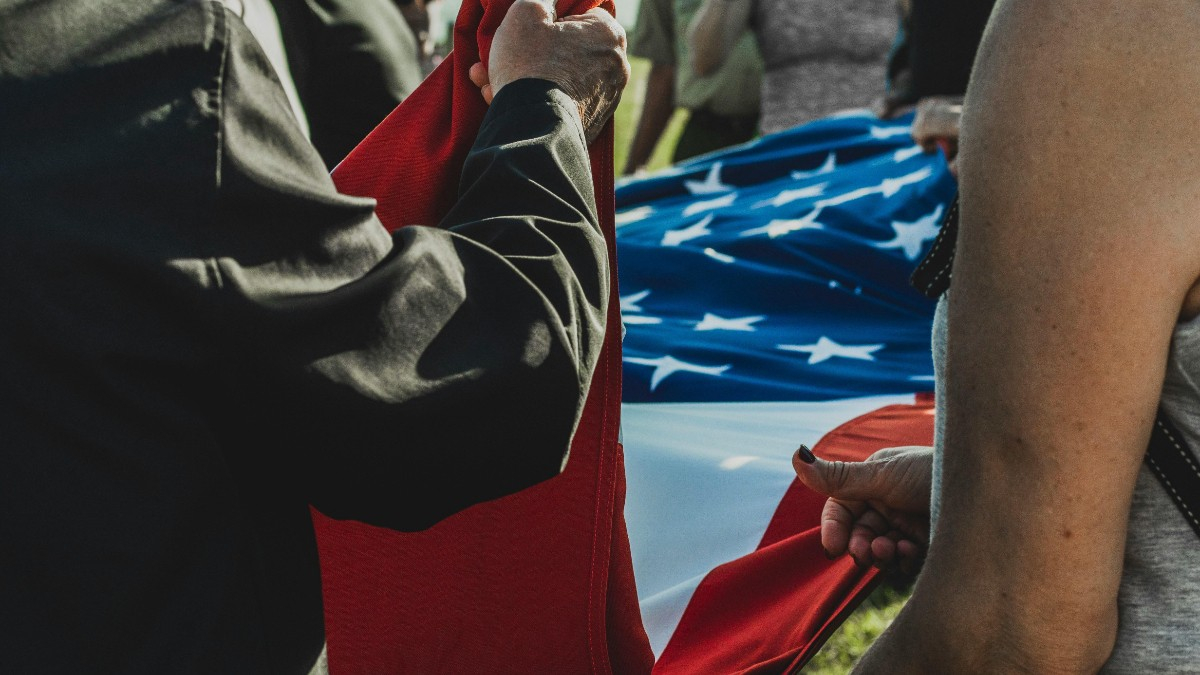Memorial Day and Veterans Day are both important United States federal holidays that honor members of the military service, but they differ in both purpose and time of year in which they fall. Here’s a closer look at both holidays. Readers can also get a short summary from this article, What is the difference between Memorial Day and Veterans Day?
Memorial Day: Honoring the fallen
Memorial Day, celebrated at the end of May, is specifically a holiday to honor those military personnel who served and died in service. The holiday, to most Americans, is mistakenly thought to be associated with the unofficial start of summer, barbecues, and sales events. It is actually much more somber in nature. Axios says the day should be one to remember, reflect upon, and consider the ultimate sacrifices of those serving in the military.
Veterans Day: Honoring all who have served
Observed annually on November 11, Veterans Day has, over time, come to be the day that recognizes all wartime and peacetime military veterans. Once known as Armistice Day, this holiday takes a specific date and is not one of the holidays that takes a floating Monday to observe, such as Memorial Day. It is a day to thank and recognize all who have served honorably in the military in wartime or peacetime.
Key differences in purpose and observance
The key distinction between the two holidays is whom they honor:
- Memorial Day specifically honors military personnel who have died in service to their country
- Veterans Day honors all U.S. military veterans who have served honorably, living or dead
Traditional observances and customs
Memorial Day:
- Flags are flown at half-staff until noon
- Moments of silence are observed
- Ceremonies are held at military cemeteries
- The National Memorial Day Concert is performed
- Many cemeteries and memorials are visited by Americans
Veterans Day:
- Parades and ceremonies in honor of the veteran
- Businesses offer special deals for veterans
- Schools and organizations invite veterans among their speakers
- Flag ceremonies and a display of the military is very usual
Historical background
Memorial Day was created after the Civil War, and was called Decoration Day, for it was a day when graves of the soldiers who died were decorated.
Veterans Day was created after World War I and was called Armistice Day, since fighting of the War had ended at the 11th hour of the 11th day of the 11th month in 1918.
Common misconceptions
One of the main confusions many people have with these holidays is in treating them as if they are one and the same. While both holidays recognize service members of the military, they are for different reasons. Memorial Day is a day of remembrance for those who died in service, whereas Veterans Day is a time to thank all individuals who served, whether or not they were at war, or during peacetime.
Each has a different purpose, and understanding those differences allows Americans to appropriately recognize those who have given their last full measure of devotion, versus those who have put on the uniform of our country. While both respective days are patriotic in nature, the distinction between these dates serves to show proper regard for the service members-both living and deceased.
Read more: Are the National Guard and Reserves considered veterans and what VA benefits do they qualify for?
Read more: 2025 VA disability rates: What is the COLA projected increase for Veterans next year?
